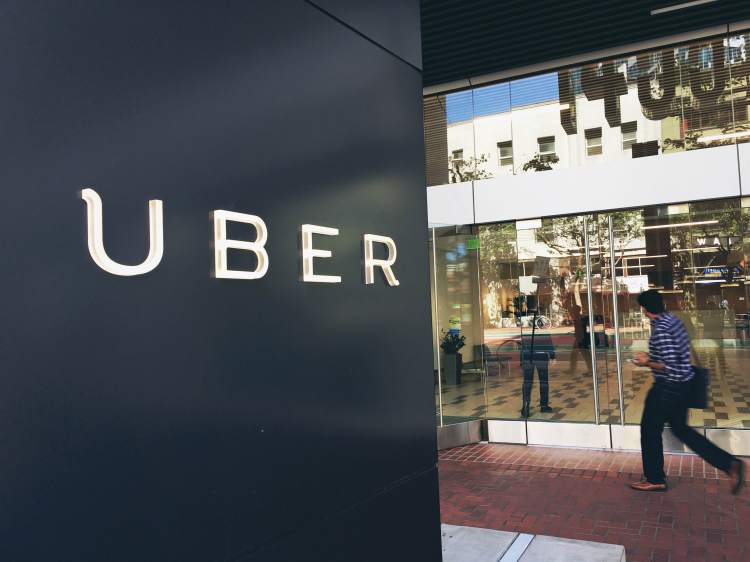Uber is introducing a handful of new features to its drivers’ app today as it looks to improve safety on the roads.
To accompany a new study that Uber says highlights its positive impact on drunk driving in Atlanta, the etaxi company also revealed it will now be sending daily reports to drivers telling them how their driving compares to others in the same city. It will use data such as harsh braking and acceleration to establish how safe a driver is, as this helps determine things like whether the driver has been tailgating, driving aggressively, or losing focus on the road.

Above: Recharge reminder
Additionally, drivers will be issued reminders to take a break after a set period of time, and they’ll also be advised that mounting their handset to their windshield is the safest way to interact with their phone while behind the wheel.
Interestingly, the app will also now display the real-time speed of the car — this suggests that Uber may have detected that drivers tend to glance at their phone more often than they do the speedometer baked into their dashboard.
June 5th: The AI Audit in NYC
Join us next week in NYC to engage with top executive leaders, delving into strategies for auditing AI models to ensure fairness, optimal performance, and ethical compliance across diverse organizations. Secure your attendance for this exclusive invite-only event.
Today’s announcement comes six months after news emerged that Uber was going to begin tracking some drivers’ movements to verify user feedback and improve road safety. Using technology built into smartphones — such as the accelerometer and GPS — Uber can determine speed and frequency of stops. And the gyrometer can be used to establish whether a phone is being moved a lot during rides — if it is, that may suggest that the driver’s attention isn’t focused on the roads.
The aforementioned features will be going live in 11 cities across the U.S. over the next few weeks, with more cities to follow later.


